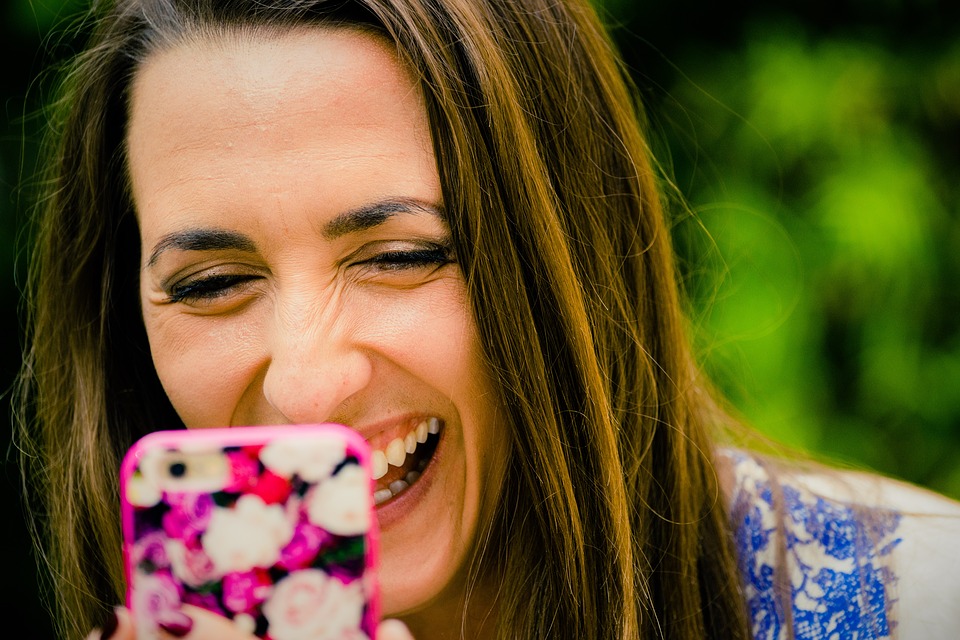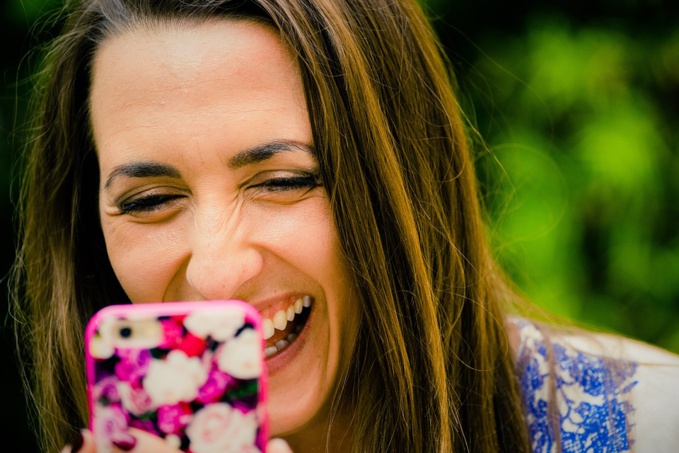Let's find out how to create a product that will shape a customer's habit of buying over and over again.
How we swallow the bait
Almost everything that finds the way to our minds (and wallets) has a hook. They can be found everywhere, from mobile applications, sports, movies, games to our work. Let's find out what they are made of, and how it turns out that we get hooked on.
Trigger
Trigger is an executive mechanism of behavior, the spark that starts its engine. There are two types of triggers: external and internal. Habit-forming products begin to affect users with external triggers: say, an email, a link to a website or an application icon in the phone’s screen.
Act
After the trigger, follows the action: an act which purpose is to get some reward.
Variable reward
When a brain expects a reward, the level of the neurotransmitter of dopamine increases sharply. Although the classic examples of this are slot machines and lotteries, variable rewards are used in many addictive products.
Investment
An investment is when a user invests something in a product, be it time, data, effort, social capital or money. This increases the chances that he will once again go through the same cycle in the future.
Scarcity effect
In 1975, researchers decided to find out what value people would set upon cookies in two identical glass jars. There were ten cookies in one, and only two in another. Which of them seemed tastier?
Although the jar and cookies were the same, the experiment’s participants preferred those cookies that were in the almost empty bank.
Online store Amazon is yet another example of how the perception of the limited supply can spur sale. Looking for an information about a book you like, you can see a note: there are only three copies on sale. Is the world's largest online store selling out almost everything you want to buy? Or their marketers simply use the scarcity effect, encouraging the buyer to buy?
Habit
Many decisions that we take during the day mean only one thing: we were able to resolve some situations in this way in the past. The brain automatically comes to a conclusion that if the decision helped yesterday, then it is quite safe to accept it today. So an action becomes a habit.
Habits of users are not just a boon to companies that are fortunate to form them. Habits reduce the likelihood of success for newcomers to the business, trying to change the status quo. There not much of examples of successful changes in old habits. Thus, if you managed to form a habit related to your product, this client will stay with you for a long time.
Instagram
An important component of Instagram's success is the company's ability to understand triggers of its users. Think back of the time you first saw a photo on Instagram. Did it draw your attention? Aroused curiosity? Became a call to action? These photos serve as external trigger relationships, increasing awareness of the product and sending potential users a signal to install the application and work with it.
As a result of regular use, Instagram forms strong associations with internal triggers. What was just a little entertainment at first, becomes a daily activity for many people. Like many other social networks, Instagram weakens the increasingly frequent fear of missing something, and its association with internal triggers form new habits.
Do it now
Organizations that are focused on forming habits tie their products to everyday affairs and convenient feelings of customers. Due to this, they reach multi-million audiences, consisting mainly of loyal users.
If you are developing a product, answer the following questions in writing:
• What habits are required for your business model?
• What problem does your product solve?
• How do users solve this problem now and why does it need a solution?
• How often will consumers access your product?
• What actions of people do you want to turn into a habit?
Answers to these questions will help you outline a strategy and take the first step to gaining custom habits.
Based on "Hooked. How to Build Habit-Forming Products" by Nir Eyal
Based on "Hooked. How to Build Habit-Forming Products" by Nir Eyal



















